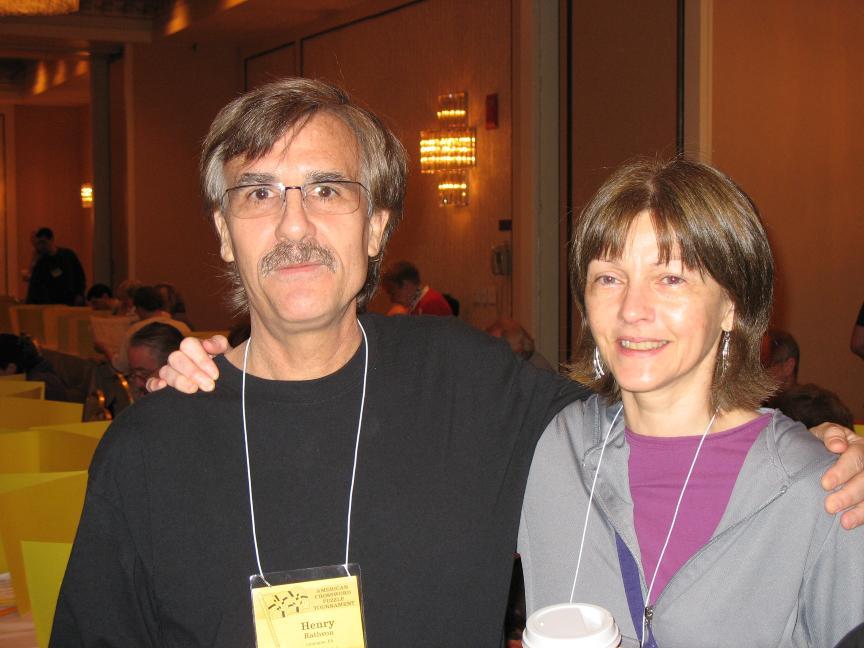Philly Cup event number 2 this past Sunday was a real contrast: a smaller field and no rated opponents. Because of that, it was an E1 tournament and the only rating awarded would be to the winner. The fencers were all also a lot closer together in skill than last week, with no obvious favorite. You had Sabers, coming off a tournament where he upset a D and an E; Nathan, the big prep school junior that Sabers staged a remarkable comeback against for the silver at the Lehigh Valley Sportsfest; and Charles, a cagy veteran and very friendly rival who already holds a E in epee. Last time they met, Charles beat Sabers in the eliminations of last season’s Philly Cup final.
Charles beat Sabers in the pool round (both beat Nathan), and they ended up 1-2 seeds for the elimination round. Sabers once again got Nathan in the semifinal. This time Sabers got the early lead, held an 8-6 advantage after the first period, and kept it the rest of the way, adjusting well to the referee’s calls. Meanwhile, Charles had an easy ride to the final after Storm was upset in the quarters.
Sabers vs. Charles, with a rating for the winner. It wasn’t a particularly dramatic match: Sabers got the early lead with clean attacks and Charles kept it close with patient point-in-lines and pouncing on Sabers’ mistakes (Charles is really good at that). But Sabers is half a year older and wiser than last time they met (not to mention an inch or two taller), so more of his attacks landed while he gave Charles fewer opportunities. Getting to 14-10 not only gave Sabers a little more margin for error, it also gave him a chance to anticipate the win. After Charles scored on a good parry, Sabers got around his line in a clean one-light attack, so he knew immediately he’d won the match, the tournment, and the E.
As earlier mentioned, this was an easy puzzle, even after I mixed up the order of the clues. Because the clues weren’t numbered in the published puzzle, I’m posting both the grid and the solved clues below the fold.











